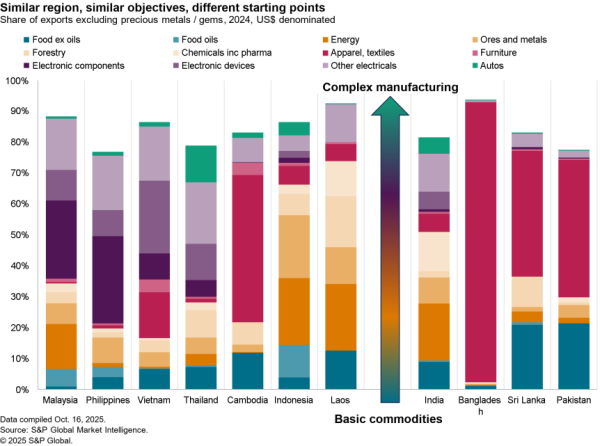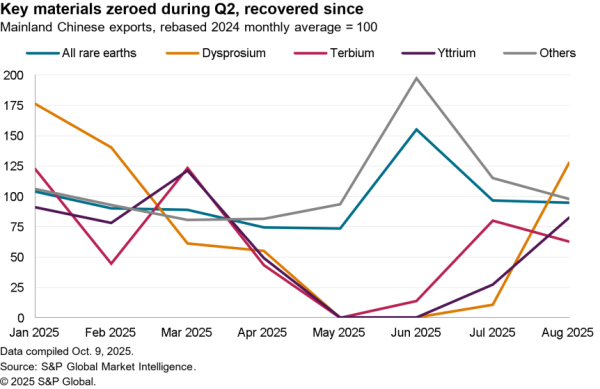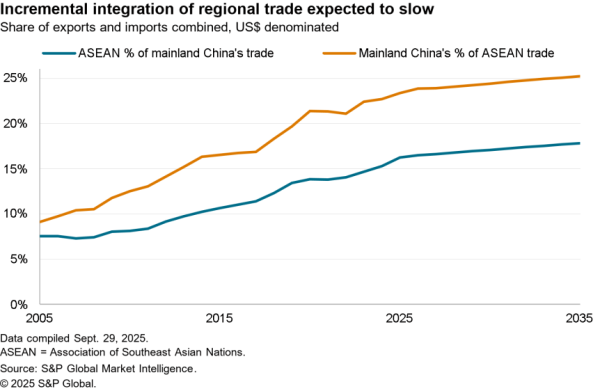Tropical storm Harvey continues to disrupt logistics operations across Texas and Louisiana. The largest U.S. oil refinery, owned by Motiva (Shell and Saudi Refining), closed due to flooding at Port Arthur according to Reuters. Disruptions to refinery operations have led to increases in fuel prices for logistics operators with gasoline prices having climbed 21.1% to their highest since May 2015, diesel by 5.7% and bunker fuel having risen 5.2% since August 18.

Source: Panjiva
The shortage of gasoline has led oil traders to book over 20 vessels in the past five days, Bloomberg reports, to ship supplies from Europe. Panjiva data shows shipments to the eastern U.S. (including the Gulf of Mexico and Florida as well as the eastern seaboard) in August through the 24th were already 19.5% higher than the whole of August 2016. That was largely as a result of increased shipments from Canada.
European shipments to the eastern U.S. accounted for 51.5% of the total in the past 12 months, and normally peak in August anyway though an extension into September is likely by the time deliveries arrive.

Source: Panjiva
The U.S. Coast Guard has allowed the reopening of the ports at Houston, Corpus Christi, Galveston and Freeport, but with limited drafts (37 feet for Houston) and in daylight hours only. That effectively continues to preclude container vessels, which have a draft of around 40 feet for Panamax (up to 4,500 TEU) through 50 feet or more for neopanamax (over 12,500).
While disruptions will likely continue into next week, container shipments into Texas are less seasonal than the national average representing a higher proportion of industrial shipments. That may mean there is more capacity to recover once the immediate weather effects are cleared. Shipments through August 24 were 114,800 TEUs, suggesting August will be 19.5% – or 27,500 TEUs – lower than a year earlier.

Source: Panjiva




